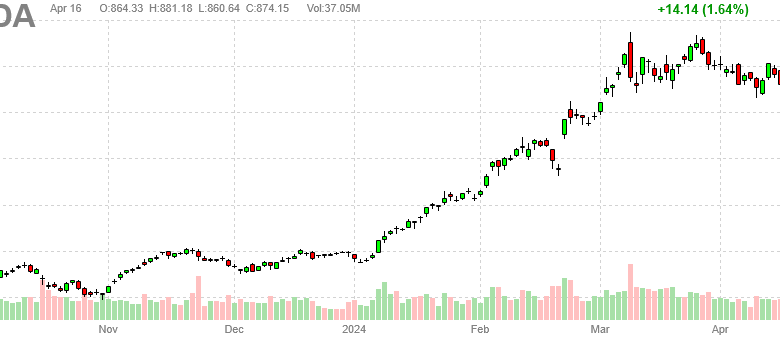
New data from Osaka University has shown that machine learning’s rapidly increasing capabilities may now extend to emergency situations. A team of researchers has shown that the technology can now effectively assist in determining appropriate candidates for Tranexamic Acid, reducing mortality rates among trauma patients.
İçindekiler
What is Tranexamic Acid (TXA)?
Most medications are simply treatments for some sort of condition. A few, however, can be truly lifesaving. One of these is Tranexamic Acid, or ‘TXA’. On its simplest level, TXA is given to patients to stop extensive bleeding, typically stemming from some sort of trauma.
Looking deeper, TXA works by reducing and preventing continued bleeding by promoting clot formation within the body. It achieves this by preventing the formation of an enzyme known as plasmin that works to break down the protein essential for clotting – fibrin.
Normally, the presence of plasmin is a good thing, as it prevents excessive clotting and a litany of ailments (e.g., strokes, pulmonary embolism, deep vein thrombosis, myocardial infarction, etc,.) that may result. However, in an emergency situation where bleeding needs to be controlled, TXA’s ability to prevent its formation is crucial.
Saving Lives in Emergency Situations with Machine Learning
Whether it is a frontline Paramedic working to stabilize a patient in the back of a moving ambulance, or a Nurse working alongside a team of healthcare professionals in an emergency room, TXA remains an important tool for managing unchecked bleeding resulting from trauma. It is important to recognize, though, that TXA is not appropriate for every patient, as it is often accompanied by serious side-effects, making the determination for delivery a difficult one.
This study is the latest in a growing crop of examples highlighting how subsets of artificial intelligence, like machine learning, can excel as a central catalyst or ‘core technology’ across nearly any sector – a realization which was underscored in Ark Invest’s ‘Big Ideas 2024′.
Much of this is attributed to AI’s ability to process and recognize patterns within vast amounts of data. It can do so more efficiently than any human and is advancing itself quicker and quicker.
Machine Learning Specialists
While it may be some time before machine learning is used to determine whether a patient should be given TXA is put into practice, there are multiple companies already working to develop the technology further. In fact, some have already begun to incorporate it into other facets of healthcare that are just as important.
*Figures provided below were accurate at the time of writing and are subject to change. Any potential investor should verify metrics*
1. NVIDIA
| Market Cap | Forward P/E 1 Yr. | Earnings Per Share(EPS) |
| 2,179,359,750,000 | 38.31 | $11.94 |
NVIDIA has been at the forefront of AI development, leveraging its powerful GPU technology to advance various sectors, including healthcare. In healthcare, NVIDIA’s AI platforms are used to accelerate drug discovery, medical imaging, and genetic analysis. For instance, their GPUs enable faster processing of large datasets for tasks like imaging diagnostics, helping to identify diseases from X-rays and MRIs with greater accuracy and speed.
NVIDIA collaborates with research institutions and healthcare organizations to develop AI tools that predict diseases, improve patient outcomes, and reduce healthcare costs. Through these initiatives, NVIDIA enhances existing healthcare applications and pioneers new ways to diagnose and treat diseases using the power of AI.
At the time of writing, NVDA was listed by the majority of analysts as a ‘Strong Buy’
2. Powerful Medical
The flagship product/service of Powerful Medical is known as PMCardio. This is a platform designed to assist healthcare professionals in analyzing, interpreting, diagnosing, and treating cardiac events.
It uses machine learning to analyze ECGs and compare them against a vast database of patient records. This allows PMcardio to detect myocardial infarctions, aka ‘heart attacks’, and other abnormalities accurately and quickly.
The platform stands out for its ability to provide precise diagnoses at the initial point of contact, which is crucial for timely intervention in cardiovascular emergencies. PMcardio’s technology is particularly significant because it helps to address the critical gap in detecting heart conditions that may not be apparent through traditional diagnostic methods.
By integrating AI into its operations, PMcardio offers healthcare professionals a powerful tool that improves care coordination, streamlines the triage process, and ensures early and accurate detection of potentially life-threatening cardiac events. This advancement in medical technology highlights the potential of AI to revolutionize the field of cardiovascular diagnostics by enhancing the capability to predict and treat heart diseases effectively.
As recently as March 1, 2024, PMcardio has managed to secure €7.5M in funding from the European Innovation Council to continue developing its AI-based diagnostic tools, showing its promise for mitigating one of the worlds leading causes of death.